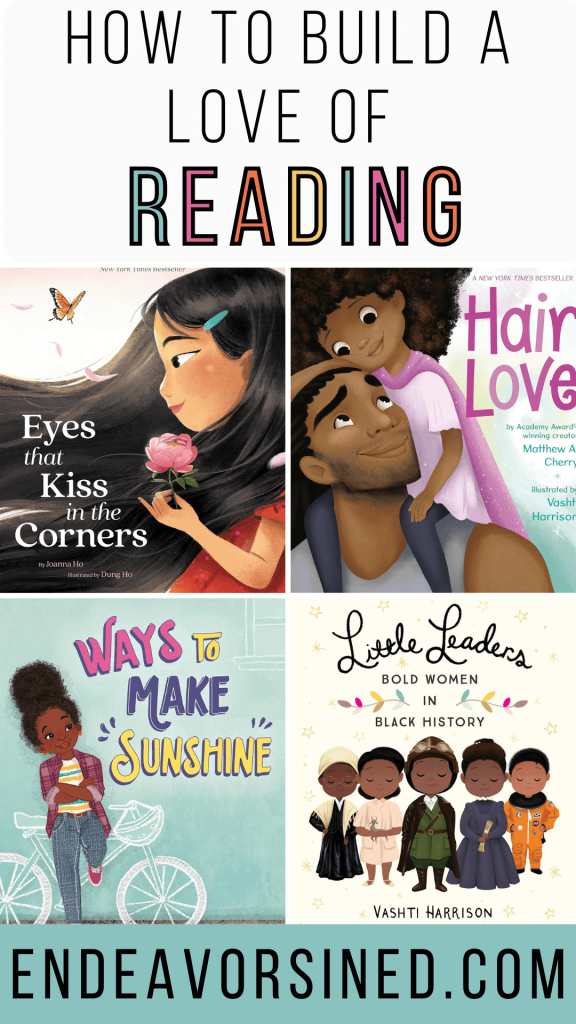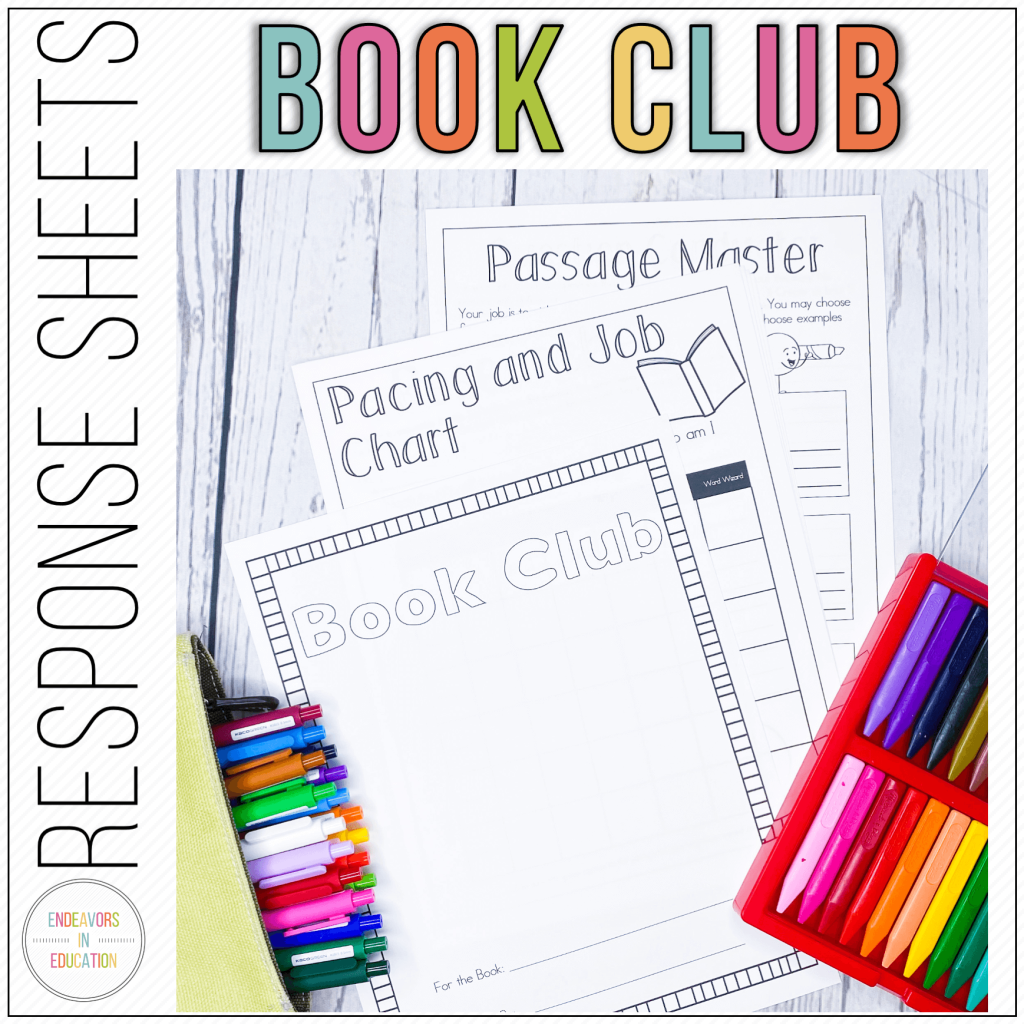In today’s fast-paced digital world, cultivating a love of reading in elementary students is more important than ever. Reading not only boosts academic achievement but also enriches imagination, empathy, and critical thinking. As elementary teachers, you have the power to ignite that lifelong passion. Here are 10 effective ways to build a love of reading in your classroom.
Note: As an Amazon Associate, I earn from qualifying purchases.

1. Create a Reading-Friendly Environment
Promoting a love of reading starts with a welcoming space. Set up a cozy reading corner with comfortable seating, soft lighting, and shelves full of engaging books. Involve your students in designing the space; they’ll feel a sense of ownership and excitement about spending time there. A warm, inviting area encourages students to associate reading with comfort and joy.
2. Build a Diverse Classroom Library

Offer a wide range of books that reflect various genres, cultures, experiences, and reading levels. Include graphic novels, nonfiction, picture books, chapter books, and magazines. Representation matters; when students see themselves in books, they feel seen and valued.
Diverse Picture Books K-3
- Eyes That Kiss in the Corners by Joanna Ho is a beautiful celebration of Asian heritage and self-love.
- Last Stop on Market Street by Matt de la Peña Highlights community, gratitude, and seeing beauty in the everyday.
- Hair Love by Matthew A. Cherry is a joyful story about a father helping his daughter with her natural hair.
- We Are Water Protectors by Carole Lindstrom is inspired by Indigenous-led movements to protect water and the Earth.
- The Proudest Blue by Ibtihaj Muhammad explores identity and pride in wearing a hijab for the first time.
- Julian Is a Mermaid by Jessica Love is a celebration of individuality and self-expression.
- Fry Bread: A Native American Family Story by Kevin Noble Maillard blends family, food, and Native American culture in a heartfelt narrative.
- Abuela by Arthur Dorros tells the story of a girl and her grandmother, weaving in Spanish words and culture.
Diverse Chapter Books & Middle Grades 3-5
- Ways to Make Sunshine by Renée Watson is a relatable series about a strong, creative Black girl navigating life and school.
- Rick by Alex Gino follows a boy exploring identity and asexuality in a supportive environment.
- Amina’s Voice by Hena Khan, a Pakistani-American girl, balances her identity, faith, and friendships.
- Dragons in a Bag by Zetta Elliott blends urban fantasy with themes of family, magic, and African American culture.
- Stella Díaz Has Something to Say by Angela Dominguez, a bilingual student, finds her voice while navigating two cultures.
- Planet Omar: Accidental Trouble Magnet by Zanib Mian is a humorous, engaging story of a Muslim boy adjusting to a new school.
- Front Desk by Kelly Yang, a Chinese-American girl, helps manage a motel while standing up to injustice.
- The Year of the Dog by Grace Lin is a semi-autobiographical look at growing up Asian American and finding your passion.
Diverse Biographies and Nonfiction
- Little Leaders: Bold Women in Black History by Vashti Harrison spotlights inspiring Black women throughout history with child-friendly bios.
- Dreamers by Yuyi Morales is a poetic immigration story infused with resilience, books, and hope.
- Malala’s Magic Pencil by Malala Yousafzai is a child-friendly retelling of Malala’s story and the power of education.
- The Story of Ruby Bridges by Robert Coles introduces the powerful story of the first Black child to integrate a New Orleans school.
3. Read Aloud Daily
Read-alouds are powerful tools for growing a love of reading. No matter the grade level, children benefit from hearing expressive, fluent reading. Choose captivating stories and bring them to life with your voice. These shared experiences build community, introduce rich vocabulary, and generate excitement about books.
4. Let Students Choose What They Read
One of the best ways to nurture a love of reading is to give students a choice. Allow them to select their books, even if they seem “too easy” or outside of your academic expectations. Interest fuels motivation. When kids have the freedom to choose, they feel empowered and engaged.
5. Encourage Book Talks and Recommendations
Give students opportunities to share what they’re reading with peers. Book talks, reading response journals, or simple “book buzz” moments create a reading culture where students influence each other. Your recommendations go a long way, too. When you’re excited about a book, your students will be curious. When peers recommend books, it adds authenticity to the reading experience and helps create a shared love of reading in the classroom.
Book clubs are a great way to get students to chat about what they are reading with their peers! Grab readily made book clubs and management cards via my TPT store.
6. Celebrate Reading
Host reading celebrations, author studies, or book-themed days. Bring in guest readers, write letters to authors, or have students dress as their favorite book characters. Special reading events build positive associations and make books feel exciting.
Recognizing and celebrating students’ reading achievements can further motivate them to read. Implement a reading rewards program where students earn badges or certificates for reaching certain milestones. Host reading challenges or competitions to encourage friendly competition and camaraderie among students.
7. Connect Reading to Real-World Experiences
Help students see the relevance of reading by connecting it to real-world experiences. Plan field trips related to themes in the books they are reading, or invite guest speakers to discuss topics from their reading materials. These experiences can deepen their understanding and appreciation for the stories they read.
8. Be a Reading Role Model
Let your students see you as a reader. Share what you’re reading and why you enjoy it. Keep a “Teacher Bookshelf” bulletin board or set aside time during independent reading to read alongside your students. Your enthusiasm is contagious.
9. Provide Time for Independent Reading
Reading stamina and motivation grow with practice. Make independent reading a sacred time in your schedule, not just a filler activity. Protect it, build routines around it, and help students set personal reading goals.
10. Collaborate With Parents
Parents play a crucial role in furthering a love of reading at home. Encourage them to read with their children regularly and discuss books together. Provide parents with resources and tips on how to create a reading-rich environment at home. A strong partnership between teachers and parents can significantly enhance a child’s reading development.
By implementing these strategies, elementary teachers can ignite a passion for reading in their students, setting them on a path to academic success and lifelong learning. Remember, the key to building a love of reading is to make it an enjoyable and meaningful experience for every student.
What are your favorite ways to inspire a love of reading in your students? Share your ideas in the comments below!






